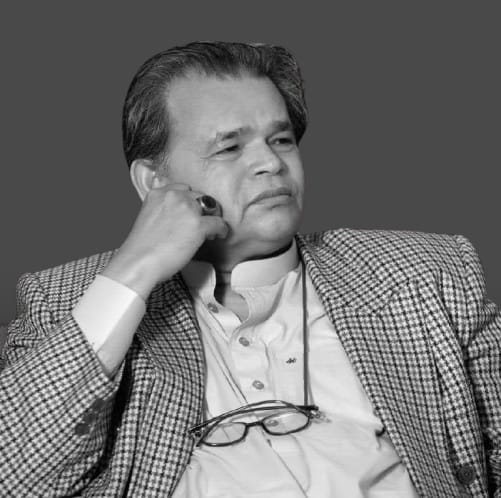By: Azam Miraj
He belonged to the historically oppressed classes of the subcontinent. Around 175 years ago, his ancestors embraced Christianity, attaining a global religious identity that served as a remedy for many generations of social and spiritual subjugation. However, in the spirit of true Christianity — which promotes service to humanity — those regions that would later become Pakistan were given less time and opportunity compared to other areas of the subcontinent. Then, under the weight of history and the prevailing religious and social conditions of the region, this noble identity clashed with deep-rooted genetic influences and social pressures. Consequently, the Christian society in Pakistan could not take the form that true followers of Christianity had envisioned.
In fact, certain methods adopted during the period of religious conversion had such negative effects that the collective structure of the Christian community deteriorated. Due to the greed-driven political and intellectual elite, a state policy emerged that neglected the underprivileged — distorting the overall mindset of minority citizens. As a result, a whole industry emerged around trading in deprivation within the Christian community.
Alongside this, the apathy of Pakistan’s political and intellectual elite toward the issues of nearly ten million minority citizens led to the imposition of a discriminatory electoral system. This system gave birth to a new kind of democratic slavery, especially within the Christian community. Due to international religious and intellectual conspiracies — and under the influence of silver-worshipping merchants — new paths opened for starting trade for just thirty pieces of silver.
When he was in school, he was often puzzled by how his fellow citizens had entirely different role models than he and his Christian peers. In fact, even if one tried to aspire to a different ideal, the powerful marketing of societal discrimination and deprivation-peddlers would soon isolate them socially. And if someone still managed to succeed in a different field, the silver merchants would turn them into a product — converting silver into gold.
He, too, began his career in the deprivation-trading industry, while simultaneously striving to wear the collar of democratic slavery. This was because, once achieved, this collar granted access to state and government circles. Once this ambition was fulfilled, part of his income began to flow automatically from the silver-worshipping industry. Since access to government corridors was essential for anyone involved in the silver trade, those who earned the collar of slavery also gained a third stream of income. Thus, when he fully embraced all three privileged professions under the guise of serving his downtrodden fellow believers, he had by then mastered the inner workings of each.
Now, if any of his poor co-religionists came to him with a personal or collective issue — one that could be resolved via his political influence — he would say, “It’s a bit difficult here. I’ll resolve it through the deprivation-trading forum.” And if the issue fell within the realm of deprivation-trading, he would promise a spiritual remedy — referring them to the silver-worshippers. In this way, his three “products” continued to sell, with no cost or effort required on his part. In fact, he didn’t even need to exert minimal energy.
Through these three lucrative industries, he soon became part of the country’s ruling mafia. As for the nearly ten million minority citizens — if, through these exploitative structures, a few thousand have escaped poverty and deprivation, they should be proud of this rather than distressed. But amid this pride and celebration, perhaps they should pause to consider: might our future generations also become the fuel for these three industries?


